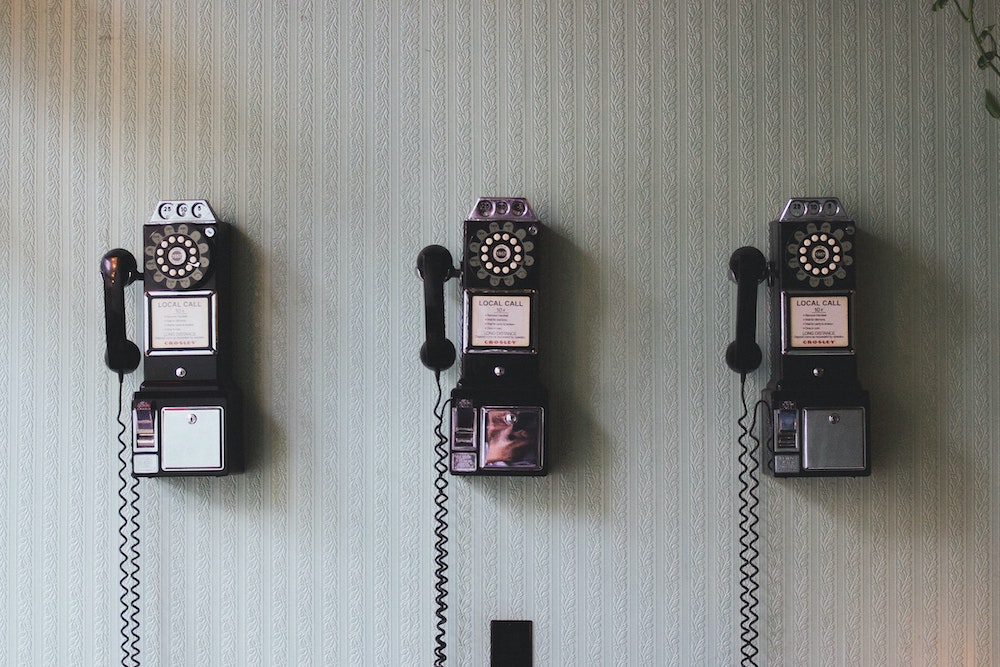 Graham Easton is a GP and Professor of Communication Skills at Barts and The London School of Medicine and Dentistry, University of London
Graham Easton is a GP and Professor of Communication Skills at Barts and The London School of Medicine and Dentistry, University of London
GPs know that communication is the glue that holds medicine together; from building trust to getting to the heart of a patient’s problems and working safely as a team. In the current COVID-19 crisis, effective communication has become even more critical. In the Clinical and Communication Skills Unit at Queen Mary University of London, we’ve launched a new podcast° which explores some of the key communication challenges and innovations during COVID-19.
LISTEN: The Clin Comm Podcast°
The latest episode is all about video consulting in primary care. Until a few months ago, video consulting was the future of general practice; in a matter of days, it has become the present.
Brian McKinstry, Professor of e-healthcare at the University of Edinburgh explains that in Scotland until the end of March this year about 600 people had had video consultations; by the end of April, that number was 6,000. Brian’s research is ahead of the curve — he’s been exploring video consulting for years and talks about what doctors and patients like and dislike about the technology.
Be tuned in to the risks of inequality of access and technological poverty.
Anita Berlin, Professor of Primary Care Education at Barts and The London, reckons it’s here to stay and has found that it’s often easier to “finalise” a video consultation than in the flesh, and so keep to time. But she adds a couple of notes of caution. Be clear who is in the room with the patient — shifty side glances can suggest the patient may not be alone. And be tuned in to the risks of inequality of access and technological poverty; which patients for example may not have access to internet or decent wifi, or even a smart phone?
Robin Browne, a professional actor, teacher and one half of a communications skills partnership working to train medical students and health professionals using simulated consultations, gives a view from the patient’s side of the screen. Many patients really love consulting from their own home, and it can be more efficient for everyone involved, particularly for follow-up appointments or long-term conditions.
The first episode of the podcast explores communicating within critical care teams at the frontline. A senior critical care nurse describes the transformation, in just 36 hours, of a general ward into a Covid ICU and the formation of brand-new teams. That meant new relationships, names and roles on big coloured stickers, and learning new ways of working together. All in the stress and anxiety of a crisis.
Normally this senior nurse can read the non-verbal cues when one of her team is not coping well and suggests a tea break and a chat; but with unfamiliar faces, covered by masks and visors, that’s harder now. So she’s making a special effort to check in with her team.
The ICU consultant has learned to exaggerate his eyebrow signals to show he’s smiling under his mask when he’s using his usual dry humour. Some critical care teams in PPE are using hand gestures adapted from diver’s sign language: “OK”, “Bad”, “Something’s wrong”, “increase”. I wonder if they need one for “I need to go to the loo”…
With constant shift changes, it has made a huge positive difference to introduce a simple laminated sheet at the end of each patient’s bed so staff always knows their key physiological targets. Digital conference calls have transformed how ICU teams are now sharing best practice: there’s been rapid collaboration between ICU researchers who are famous in their field, and shop floor intensivists round the world. That’s changed the standard ICU management of Covid patients within weeks. The ICU consultant says they used to be called “conferences” and you’d have to travel miles and pay £800 — now they’re free and you don’t have to leave your hospital. This, along with many other new insights and ideas that have sprung up during the crisis, are likely to change critical care for ever.
For future episodes we are planning to delve into other key aspects of communication during this crisis. For example the art and science of communicating risk and statistics to the public; communicating with relatives and breaking bad news; and how governments and public health experts communicate through the media.
If you have any other suggestions for future topics, we’d love to hear from you.






